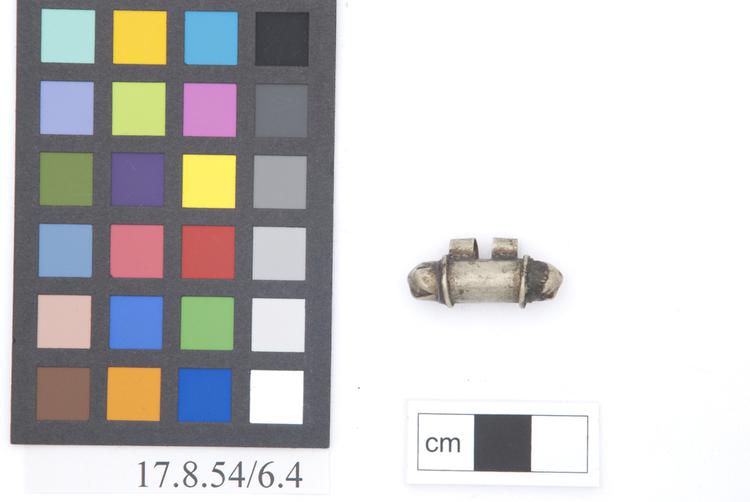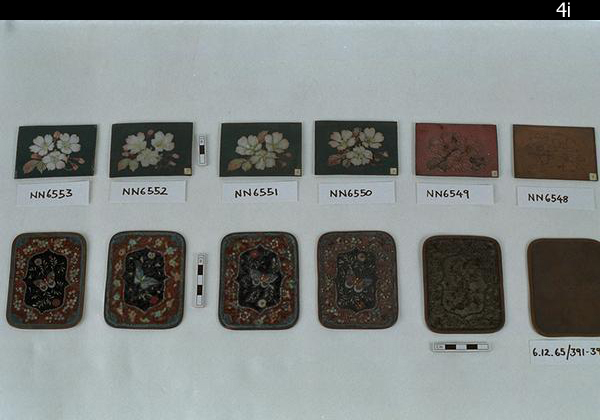
Axe shaped two-handed club with a straight shaft and a flaring, flattened head set at 30 degrees to it. This head is modelled to represent an Archer Fish and is complete with eye, side fin and dorsal fin. The body of the fish is covered with various rotations of hatched engraving. The shaft is bound throughout with several loops of cream Pandanus leaf which have been knotted and spilt into tassels at the end.
Club, Gugu, Highlands of Viti Levu, Fiji, Western Polynesia. This unusual form of war-club is called a gugu. It was carved in the highlands of Viti Levu, Fiji’s largest island. The unusual shape is, in some ways, quite common among the many different styles of Fijian club: Its forward-facing curve and broadening flat head are paralleled by other types. This head is distinctive, in that it represents the entire form of the Archer Fish (Toxotes jaculatrix); this remarkable fish inhabits estuaries and rivers in the Western Pacific as far east as Fiji, and is known for shooting down insect prey with a jet of water it can squirt from its mouth. Fijian carvers drew on the symbolism of such predatory animals, alongside the form of various plants, to develop an impressive range of weapon designs. Gugu always possess the same set of features: The domed eye, L-shaped gill detail, the stepped fins above and below, and the flared tail. However, each fish carving is subtly different, and while some are very clearly shown with carved mouths, scale patterns engraved on them, and side fins, others are very abstract, and barely resemble fish at all. This example is particularly nice, in that it retains its original sheath of pale, knotted pandanus leaf strips which contrast pleasantly with its dark wood. This strong monochrome contrast is a wider feature of the Fijian art style that can also be identified in its mats, baskets and barkcloth. Hardwood, Pandanus leaf. Purchased at Stevens’ Auction House in 1907.
fighting

































































































































































































































































































































































































































































































































